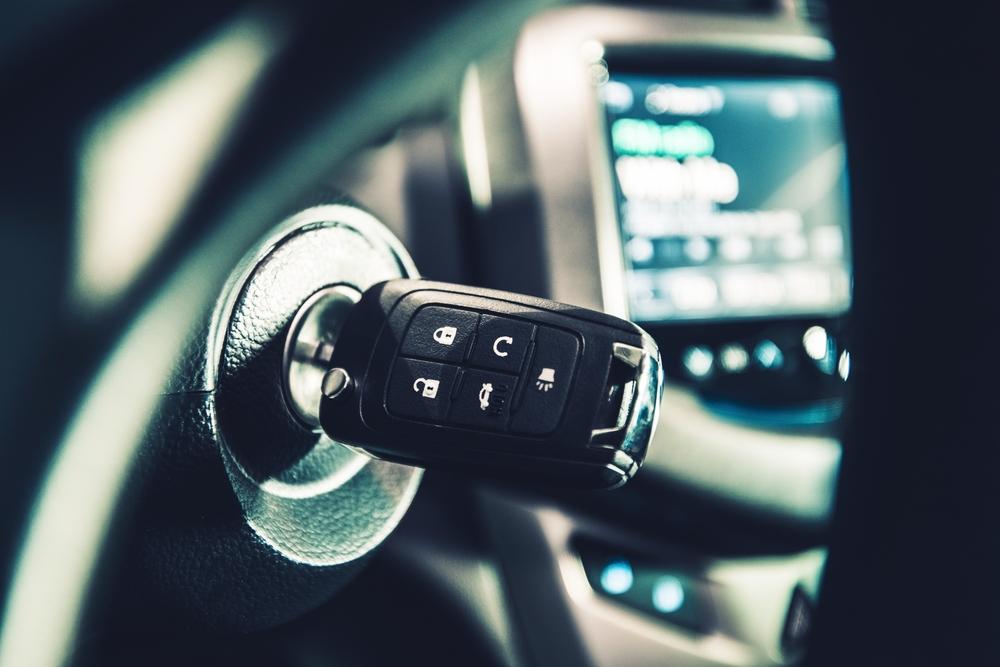Know About The Functions And Components Of A Central Locking System
The central locking system is one of the most important safety features in car and vehicle electronics. It involves a combination of electronic and mechanical components that grants access only to authorized people. Let us have a look at the general function of the central locking system and the components involved in it.
General working principle of a central locking system
The locking system in the vehicle, as discussed above, grants access only to authorized people inside the car. This type of car and vehicle electronics locks and unlocks the vehicle doors and boot lid. This type of car and vehicle electronics are operated with a key as well as remote control.

The car locking systems in the past were purely mechanical as each door or the lid of the vehicle had a separate locking mechanism which could be operated from the outside using a key or using a lever (handle) from the inside.
The initial central locking systems in the car incorporated the use of pneumatic drivers that had a separate vacuum reservoirs that triggered the locks of all the doors when the key was turned in a lock.
Gradually, new technology emerged and more electrical and electronic components found their use in the system. The central locking systems of today use wireless or infrared control that can trigger locking or unlocking mechanism from a distance.
The very latest systems in such car and vehicle electronics that allows keyless entry into the vehicle. All you need is a transmitter in your pocket, and the doors can be unlocked when the user touches the door handle that has a built-in point of contact.
Following are the main components of a central locking system:
Actuator
It is a mechanism that is directly installed in the door. It contains a combination of both latches that is a mechanical component as well as an actuator which is an electric motor that controls the central locking of the car. The latches used today involve the use of electric drives that locks or unlocks the vehicle.
Transponder
It is one of the car and vehicle electronics that identifies if the correct key is being used. It is usually integrated inside the key bow. The transponder code is read out as the key nears the ignition lock. Upon scanning the correct code, the electronic immobilizer sends a signal to enable the engine.
Remote control
This kind of car and vehicle electronic systems are being increasingly used in all vehicles. They are intended to replace the function of the key systems to all intents and purpose. The remote control contains an electronic circuitry that sends a signal or a coded instruction to the receiver situated inside the vehicle. The infrared remote controls have a range of up to 15m, which means you can lock or unlock a car standing 15m apart from your vehicle. Although wireless, infrared remote controls have been replaced with much reliable wireless technologies such as radio technology. It lets the driver or the user access the car from the distance ranging up to approximately 100m.
Start/stop system
As discussed above, the function of transponder made the function of keys redundant or secondary to say the least. Newer technologies are being developed in the same direction that are based on the same foundation. Car and vehicle electronics of the present mostly involve keyless entry and start the engine with the help of a single button. A more recent development incorporates the use of systems that do not require any contact at all. Moreover, a more recent advancement requires the driver to carry along the transmitter and just press the pedals before starting the engine by pressing the button.

